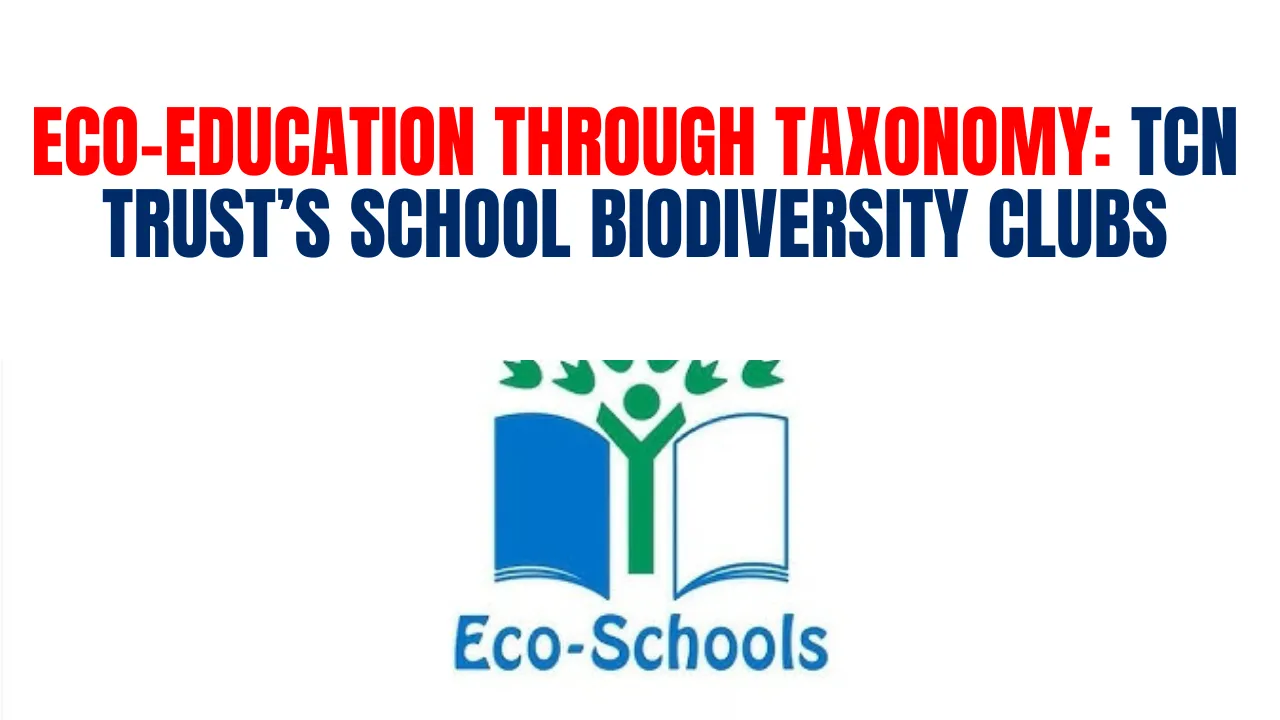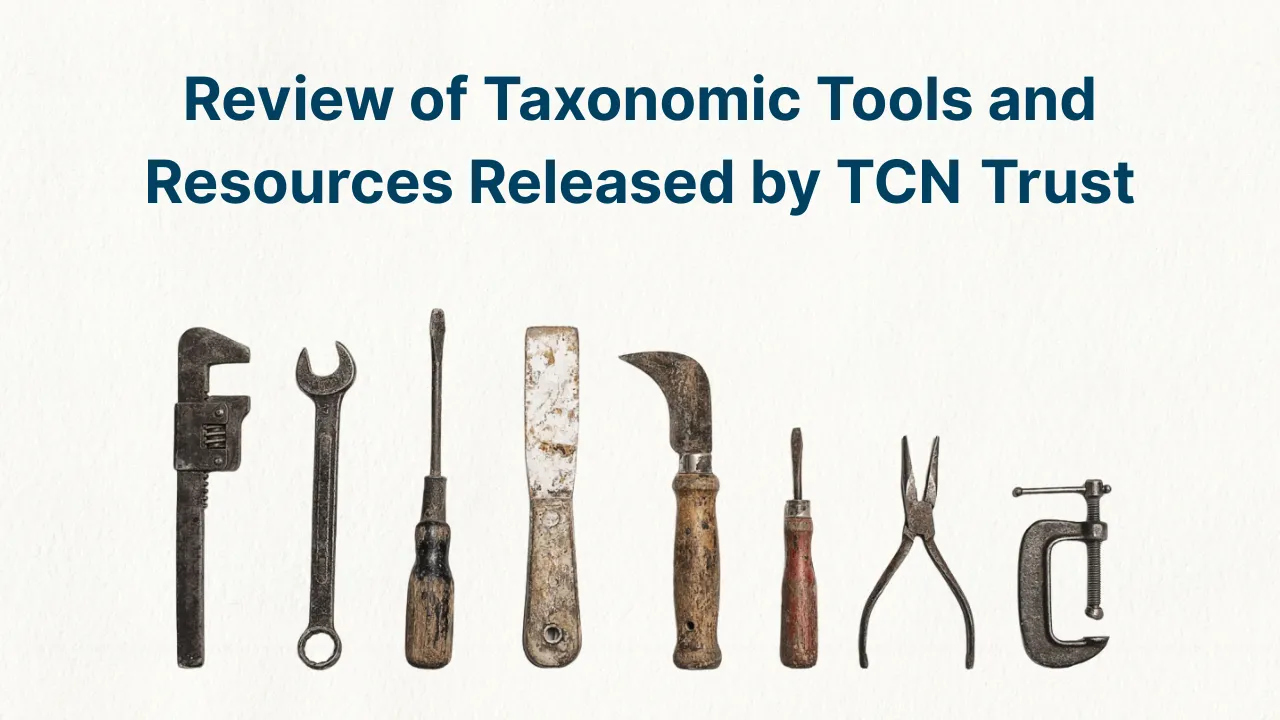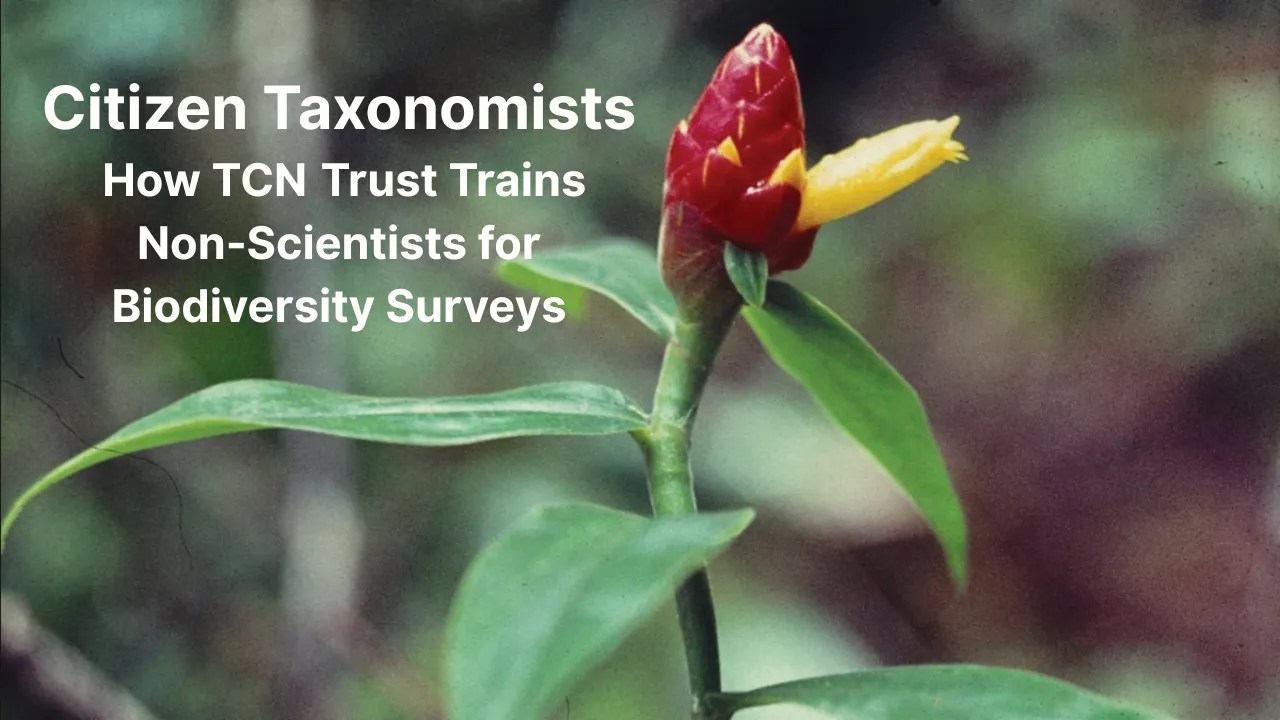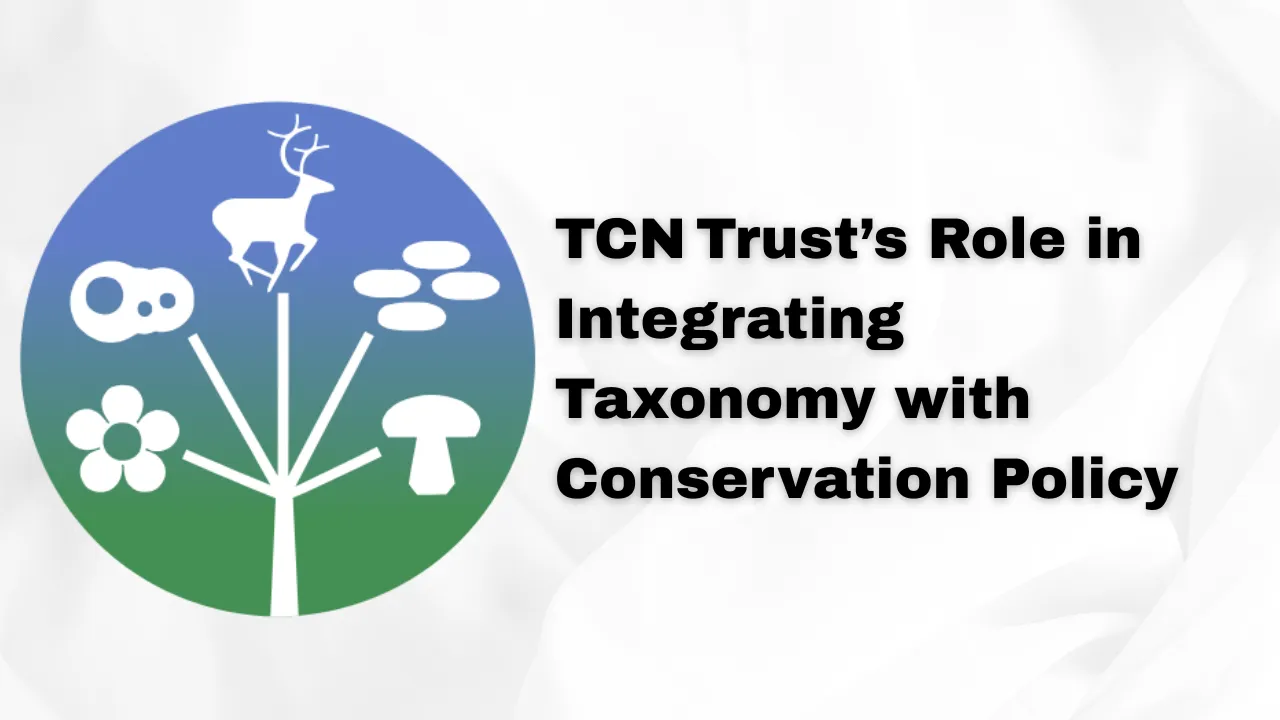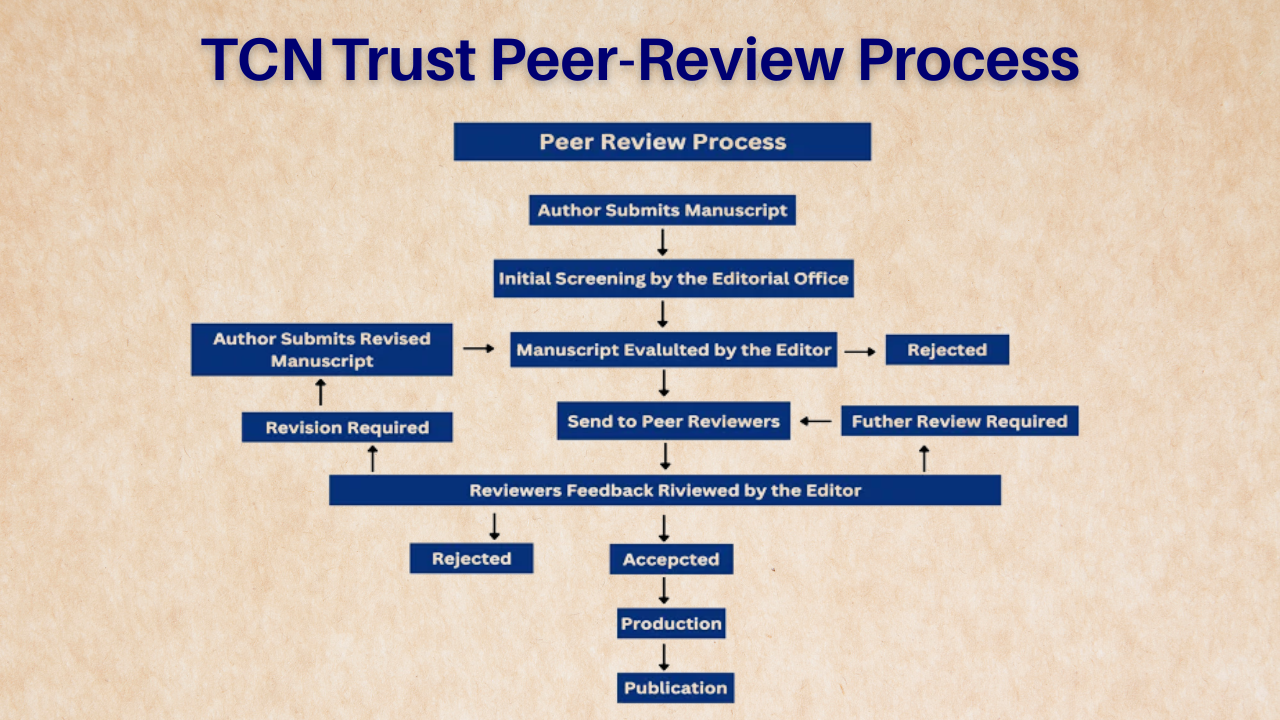TCN Trust is nurturing the next generation of environmental stewards by bringing biodiversity directly into classrooms and schoolyards. Through its innovative school biodiversity clubs, the Trust is giving students tools to understand, explore, and protect the natural world around them. At a time when children are increasingly disconnected from nature, this approach is proving timely and essential.
This article explores how TCN Trust is turning students into young ecologists by introducing animal taxonomy, biodiversity monitoring, and nature exploration into their everyday learning. These clubs offer more than just extracurricular activities—they are powerful platforms for building environmental awareness, critical thinking, and a lifelong appreciation for nature. The goal is simple but profound: connect learning to the living world.
TCN Trust: Inspiring Young Naturalists through Taxonomy and Outdoor Learning
By establishing school biodiversity clubs, TCN Trust is building bridges between academic knowledge and real-world ecosystems. These clubs are not confined to classrooms. Instead, they operate in schoolyards, parks, and community spaces where students can observe birds, insects, plants, and trees firsthand. The use of animal taxonomy as a foundational tool empowers students to classify what they see, making sense of biodiversity through scientific naming and grouping. At the heart of the program is a belief in student-led conservation and hands-on discovery. This approach nurtures ecological literacy, making learning about nature active, engaging, and personal.
Overview of TCN Trust’s School Biodiversity Clubs
| Activity | Purpose | Key Outcomes |
| Taxonomy Identification | Learn scientific names and categories | Improves scientific accuracy and memory |
| Nature Trails | Explore nearby green spaces and habitats | Builds observational skills and curiosity |
| Biodiversity Logs | Record and monitor species over time | Encourages patience and consistency |
| Eco-Talks and Debates | Discuss local and global environmental issues | Develops communication and awareness |
| Art and Journaling | Express nature observations creatively | Enhances emotional connection to nature |
The Role of Animal Taxonomy in Eco-Education
One of the unique features of TCN Trust’s initiative is its deep focus on animal taxonomy as a learning tool. Students are introduced to basic classification systems—kingdom, phylum, class, order, family, genus, and species. What sounds like complex science quickly becomes exciting when applied in the field. Students learn to distinguish birds by their calls, insects by wing patterns, or trees by their leaf shapes.
This kind of classification helps students understand not only individual species but also their roles in the ecosystem. Over time, children begin to grasp how life is organized and interconnected. More importantly, they start to see themselves as part of that web. Taxonomy becomes more than labels; it becomes a language through which they relate to biodiversity.
Student-Led Biodiversity Monitoring
TCN Trust places students at the center of the discovery process. Through biodiversity monitoring, club members are taught how to track and document species within their surroundings. This may include identifying native trees, counting butterflies, or photographing rare birds. Every observation is recorded in personal or shared biodiversity logs.
The monitoring process is designed to be both scientific and accessible. Students use tools like mobile apps, field guides, and measuring equipment to make sense of their environment. They often compare notes, collaborate on group surveys, and submit findings to the school or local conservation bodies. These experiences instill responsibility and show students that even their small actions contribute to broader conservation efforts.
Outdoor Learning as a Core Philosophy
While much of science education happens indoors, TCN Trust’s program thrives outdoors. Club activities take students into school gardens, local parks, riversides, and even urban corners rich in biodiversity. The idea is to let students observe real-life ecosystems rather than just reading about them in books.
Through outdoor learning, students develop a range of skills—focus, resilience, teamwork, and adaptability. They learn to walk quietly through green spaces, listen for bird songs, notice seasonal changes, and engage with the land in respectful ways. Teachers trained by TCN Trust guide these experiences, turning each walk into a lesson in ecological awareness and observation.
Raising Environmental Awareness through Creative Expression
Nature isn’t only studied—it’s felt. And TCN Trust understands this well. That’s why its school biodiversity clubs include space for creative reflection. Students are encouraged to sketch animals, write poems about trees, or keep illustrated journals of their walks.
This form of expression deepens the connection to nature. It invites students to reflect not just on what they saw, but how they felt. When schools display this work in exhibitions or community events, it creates a ripple effect. Families, teachers, and local leaders begin to notice the passion and insight in these young naturalists, often leading to broader conversations about conservation and community action.
Long-Term Impact of School Biodiversity Clubs
The approach taken by TCN Trust is designed not just for today, but for tomorrow. Some of the lasting benefits of these clubs include:
- Early Environmental Literacy: Students gain foundational knowledge of species, habitats, and ecological systems.
- Confidence in Scientific Thinking: Hands-on observation builds confidence and independence in young learners.
- Increased School Engagement: Students often find renewed interest in learning through practical and nature-based activities.
- Community Awareness: As students share their knowledge, families and neighbors become more aware of local biodiversity.
- Seeds for Future Conservation Leaders: Many students express interest in environmental careers or activism after participation.
Challenges and Adaptations
Bringing biodiversity education into schools isn’t always easy. Urban environments may lack green spaces, teachers may not have training in ecology, and school schedules are often packed. TCN Trust works around these challenges by offering flexible club models.
Even small areas—like a patch of grass or a few potted plants—can become biodiversity zones. The Trust provides teacher toolkits, training sessions, and activity blueprints that are easy to implement with minimal resources. Schools are encouraged to adapt the model based on their unique context, making it inclusive and scalable.
Real-Life Stories from the Field
In one coastal school, students used taxonomy skills to identify over 30 bird species in just two months. Their detailed observations contributed to a local avian mapping project and led to the creation of a student-led “Bird Day” awareness event.
At another school, a biodiversity club helped transform a neglected corner of the playground into a native plant garden. Students monitored insect life before and after planting, noting a 60% increase in pollinator visits within the first few weeks.
These stories highlight what’s possible when education is rooted in curiosity and supported by community-driven models like those promoted by TCN Trust.
FAQs
1. What is the main aim of TCN Trust’s school biodiversity clubs?
The aim is to promote hands-on biodiversity education through taxonomy, monitoring, and nature exploration, encouraging environmental awareness from a young age.
2. Are these clubs suitable for all schools?
Yes, the model is flexible and can be adapted to fit urban, rural, large, or small school settings.
3. What training do teachers receive?
TCN Trust provides training materials, activity guides, and ongoing support to help teachers run the clubs effectively.
4. How do students benefit academically from this program?
Students develop observation, recording, communication, and analytical skills, all of which support academic performance.
5. Can students contribute to actual conservation work?
Yes, student data from biodiversity monitoring is sometimes used in local conservation projects and awareness campaigns.
Final Thought
TCN Trust is showing that teaching children about nature isn’t a luxury—it’s a necessity. Through school biodiversity clubs, they are proving that real change begins with real connection. By combining animal taxonomy, species identification, and outdoor learning, the Trust is giving students more than knowledge—it’s giving them purpose, perspective, and pride in protecting the world they’re part of.
If you’re a teacher, parent, or student, now is the time to step outside and start noticing. Nature is waiting, and so is the opportunity to be part of something bigger—something lasting. Join the movement and help nurture tomorrow’s guardians of the earth.
